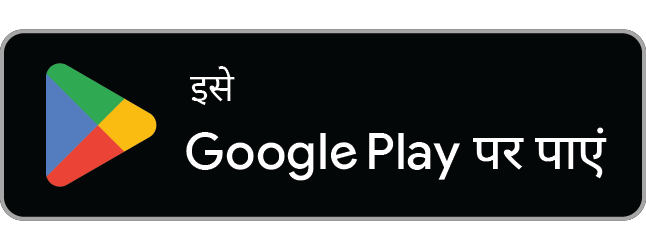Chandra Shekhar Azad
Chandra Shekhar Azad was born on July 23, 1906, at Bhavra in the Jhabua district of Madhya Pradesh. His father's name was Pandit Sitaram Tiwari and his mother's name was Jagarani Devi. He did his early schooling in Bhavra. Later, he went to Pathashala at Varanasi for further studies. He was a devotee of Lord Hanumana. Chandrashekhar Azad was a great Indian freedom fighter.
His feeling of patriotism and bravery encouraged others to enter the freedom struggle. Chandrasekhar Azad was considered as one of the greatest revolutionaries India ever had, Chandrashekhar Azad was intensely concerned by the incident of the Jallianwala Bagh Massacre in Amritsar in 1919.
In 1921, when Mahatma Gandhi launched the Non-Cooperation Movement, he actively participated in revolutionary activities. He received his first punishment at the age of fifteen when he was caught indulging in revolutionary activities. When the magistrate asked him his name, he said: "Azad" (meaning free). Chandrashekhar Azad was given fifteen lashes. With each stroke of the whip, the young Chandrasekhar shouted "Bharat Mata Ki Jai'. From then on, Chandrashekhar assumed the title of 'Azad' and came to be known as ‘Chandrashekhar Azad'.
Chandrashekhar Azad vowed that he would never be arrested by the British police and would die as a free man. After the suspension of the non-cooperation movement, he got attracted towards more aggressive and revolutionary ideals. He committed himself to complete independence by any means. Chandrashekhar Azad and his compatriots would target British officials known for their oppressive actions against ordinary people and freedom fighters. Chandrashekhar Azad was involved in Kakori train Robbery (1926), an attempt to blow up the Viceroy's train (1926), and the shooting of Saunders at Lahore (1928) to take revenge for the death of Lala Lajpat Rai. Along with Bhagat Singh and other compatriots like Sukhdev and Rajguru, he formed the 'Hindustan Socialist Republican Association (HSRA). HSRA was committed to complete Indian independence and socialist principles for India's future progress; Chandrashekhar Azad was a terror for British police. He was on their hit list and the British police badly wanted to capture him dead or alive.
On February 27, 1931, when Chandrashekhar Azad had gone to Alfred Park, Allahabad to meet two of his comrades, police surrounded the park and ordered Chandrashekhar Azad to surrender. Chandrashekhar Azad fought alone bravely and killed three policemen. But finding himself surrounded and seeing no route for escape, he shot himself. Thus, he kept his promise of not being caught alive.












0 Comments